
110 Cookson Lane | Whitefield, ME 04353 | 207-232-7600 | tim@lackeysailing.com
To complete a few upcoming areas of the project--cabin sole, head compartment, and other areas--I'd need some additional wood and sheet goods. To that end, I made various measurements and worked up a materials list for order.
Before ordering, I wanted to ensure that I'd have enough solid cherry stock on hand for the interior trim work, so I rough-milled a number of boards into blanks that I'd use later for things like berth and countertop fiddles, interior and locker doors, and so forth. This helped give me a better idea of my remaining stock that would be available for other purposes.
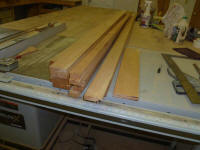
Once I'd placed the order, I turned to the toerail. Earlier in the project, I'd begun work on some toerail profile blanks, but hadn't followed through, as other aspects of the project took precedence. The profiles I'd conceived then had been close, but not quite what I was going for.
Beginning with a scrap of teak toerail from another project, which featured a profile similar to what I hoped to use on Snow Lily, I turned some 2x4 scraps into a final profile for the new toerail; the profile was similar to the prototype from the other boat, but a bit beefier overall, which more closely approximated the original toerail.
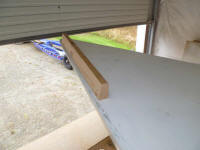
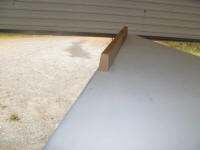
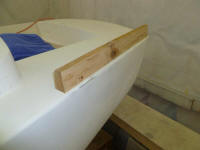
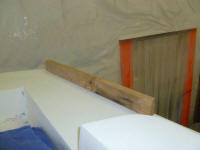
Pleased with the profile, I made up a longer blank from another 2x4 that I could use for other purposes later, then milled some 8/4 teak into rough blanks 2-1/2" wide, from which I'd mill the final profile. I used three boards, with lengths of 13', 12', and 11' respectively, to come up with eight blanks for the toerail. Properly arranged, these combinations of lengths, even when accounting for lengthy scarf joints in the finished rail, would give me more than the 36' +/- finished blank lengths that I needed.
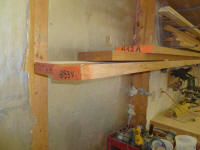
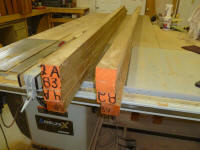
Next, I milled the final profile on the blanks, creating a slightly angled profile and narrower top edge.
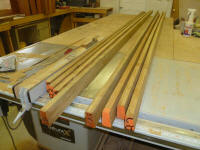
I trimmed the rough ends square and flat before marking each end of each blank with its appropriate position for later reference, then spent what was left of the day sanding two of the blanks through three grits to smooth the wood and prepare the rails for the next steps. I also rounded over the top corners for better appearance and finish retention. In the right-hand photo, the blanks marked P4A and P3A have been finish-sanded through 220 grit, requiring about 30 minutes per blank. I'd finish up the sanding next time.
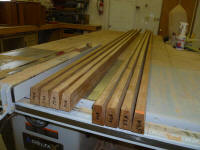

Total Time on This Job Today: 6.5 hours
